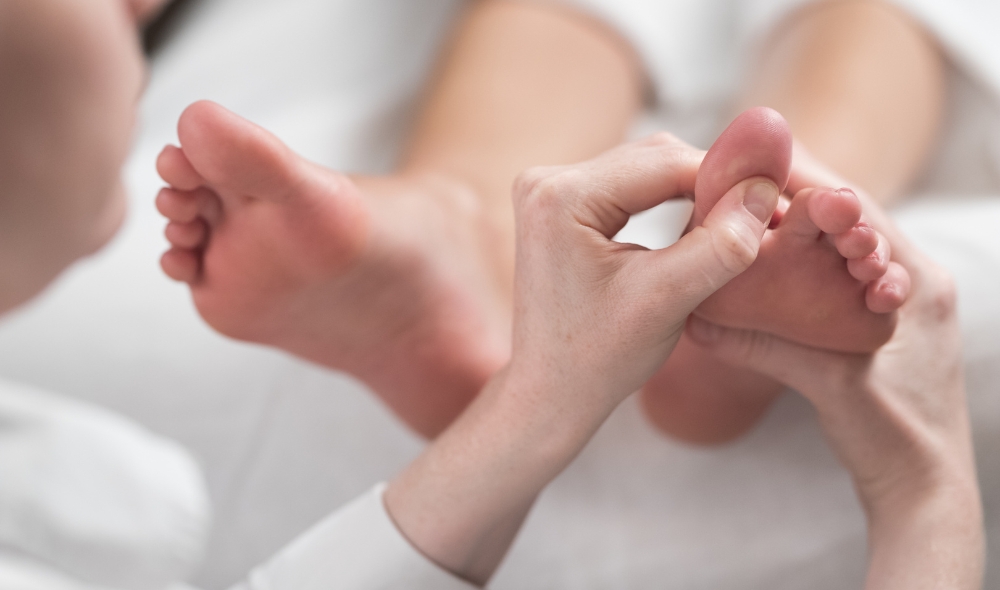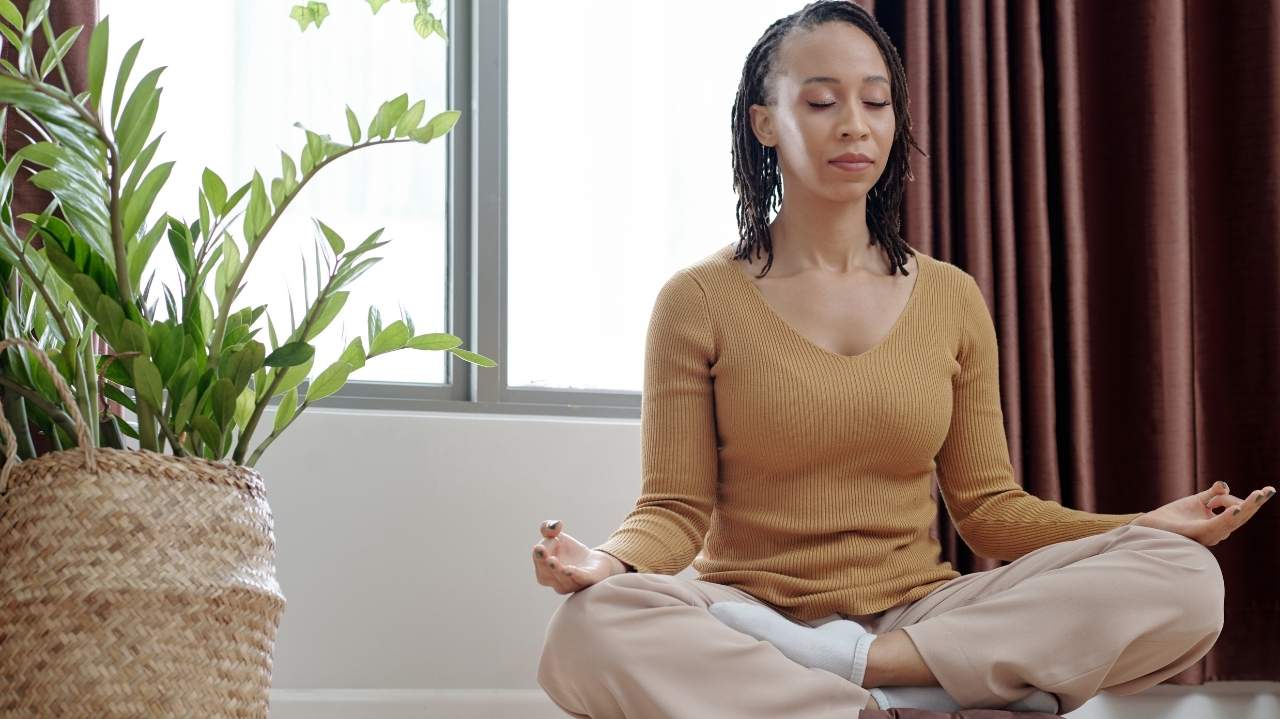first discovered Reflexology on the 22nd September, during a week where I visited a registered homeopath who introduced me to a skilled reflexologist named Rebecca Hill. She explained how this ancient practice, used for centuries across different cultures of the world, works on the theory that the hands, feet, and ears are connected to organs and systems of the body.
Through her technique, she showed me 10 ways this complementary therapy could aid my wellbeing. By applying pressure on specific points of the foot, hands, and ears, reflexologists can help relieve pain, ease sleep troubles, improve digestive issues, and calm everyday health concerns. Experts like Victoria Bodner, a licensed massage therapist at Cleveland Clinic, highlight that while limited research exists, it is thought that these levels of pressure may correlate with certain areas of the body, making this type of therapy valuable for many symptoms and conditions.
What are the potential benefits of reflexology?
From my own sessions with reflexology, I’ve noticed how simple techniques on the feet, hands, and even ears can influence different zones of the body. The theory suggests that working on these regions supports overall relaxation, helping the body enter a state of true rest and better health.
Many scientific studies provide evidence of its benefits. For example, a 2018 Journal of Special Operations Medicine report showed 94 percent of patients at a military clinic in Fort Bragg, North Carolina experienced pain relief in just 25 minutes of a foot session. This included people with chronic musculoskeletal issues, nerve discomfort, and back problems.
Beyond pain, it can reduce stress, ease anxiety, and improve mood. A meta-analysis in September 2020 across 26 randomized clinical trials and over 2,300 patients highlighted how reflexology supported mental health, reducing depression, improving sleep quality, and even helping those with coronary disease, multiple sclerosis, and fatigue.
I’ve also seen women benefit during PMS or hormonal imbalances, where digestion and fertility may be affected. Research in December 2021 found improvements in migraine, headache, and low back discomfort among women. Similarly, April 2021 in the Journal of Advanced Nursing reviewed 42 studies with over 4,000 patients, showing better outcomes in sleep disturbances, especially for menopausal women after short 15-minute sessions over three weeks.
In cancer treatments, the Asian Pacific Journal of Cancer Prevention (2019) reported women undergoing chemotherapy for breast cancer felt a positive effect on fatigue and mental health when reflexology was added to standard care. The NCCIH also notes its use in digestive issues like IBS, constipation, and bacterial infections, proving it a safe complementary therapy practiced for thousands of years across cultures.
What does the research say?

When I first tried reflexology, I was surprised how a simple foot, hand, or even ear treatment could feel so relaxing and almost caring in its action. Over the past few decades, researchers have carried out more than one study, some small and some larger, to see if this practice truly helps with pain and other symptoms.
For example, a 2011 trial with 120 low-risk pregnancies showed women who had longer sessions once a day for four days actually experienced reductions in labor discomfort. Another 2000 trial looked at a 30-minute foot treatment in breast and lung cancer subjects, and they reported lower levels of anxiety. Even people undergoing heart surgery in a 2014 project felt significantly calmer with a 20-minute daily therapy.
One systematic review and meta-analysis in 2019 suggested the therapy mitigated PMS or premenstrual syndrome when used for two months. Women in that group showed fewer symptoms, though experts say we still don’t fully understand how it works. Still, the gentle, human touch—without any invasive steps—makes people feel supported, and that itself can be a form of relief, even if the science is still catching up.
Is reflexology safe to try?

From my own experience, reflexology is generally considered safe for most people, especially when done by a trained reflexologist. It’s a noninvasive therapy, so sessions often feel comfortable, and many who receive them say it’s worth trying if you’re interested in easing stress or minor health issues.
Still, for those with serious health conditions like circulatory problems, blood clots, inflammation, leg veins, gout, foot ulcers, fungal infections, athlete’s foot, or open wounds on the feet or hands, it’s best to seek doctor approval. People with thyroid, epilepsy, or a low platelet count who bruise or bleed easily should also take precautions to avoid any adverse effects.
In some cases, pregnant women may be advised to delay a session, since certain pressure points are believed to induce labor and could increase the risk of premature delivery. Medical sources often highlight that the healthiest babies are born around 40 weeks gestation, so waiting is usually safest.
A few people may report mild side effects after a reflexology treatment, such as lightheadedness, slightly tender feet, or increased emotional sensitivity. From what I’ve noticed, these are short-term reactions that fade away quickly, leaving most clients feeling relaxed and balanced.





